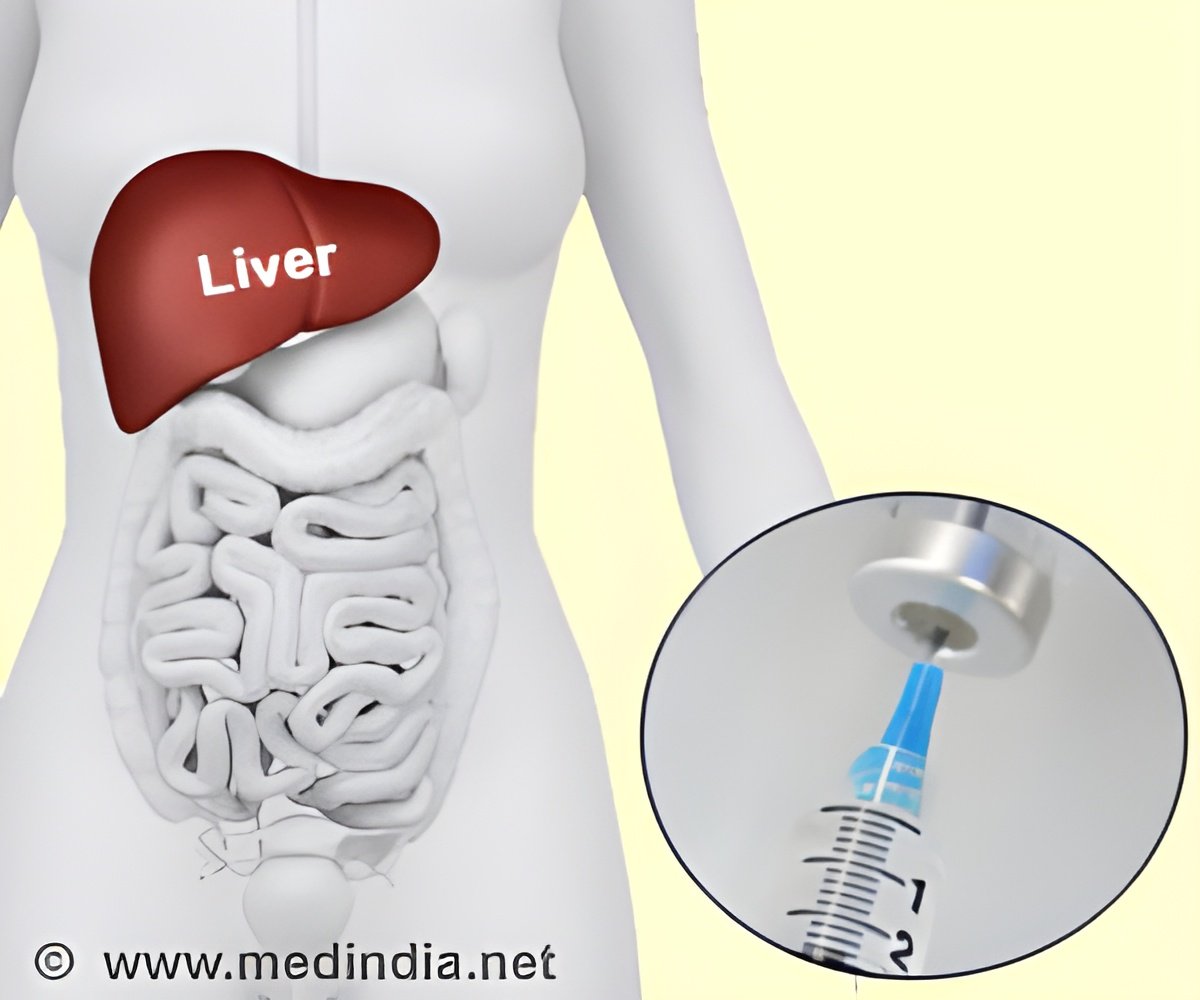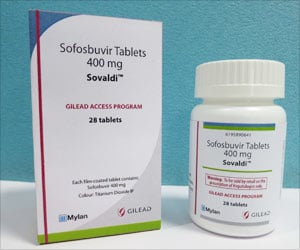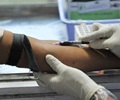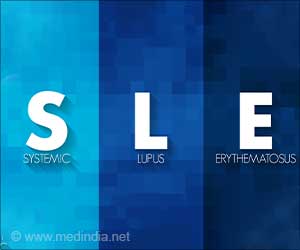Doctors can use risk prediction tool as a health care decision guide to identify patients who are at high risk of complications that lead to liver damage.

For most patients, the disease will remain stable without treatment, perhaps for years and years, while one-third will have high risk of complications and need immediate care to prevent the virus from causing further liver damage, according to the University of Michigan Health System (UM) research.
“Offering immediate treatment to patients identified as high risk for poor health outcomes would allow these patients to benefit from highly effective treatments as other patients continue to be monitored and their risk assessment updated at each clinic visit,” says lead study author Monica Konerman, M.D., MSc., a fellow in Gastroenterology at the University of Michigan Health System.
Using a dataset from a previous National Institutes of Health study the Hepatitis C Antiviral Long-term Treatment Against Cirrhosis (HALT-C) trial, the UM team used clinical data such as age, body mass index and virus type and routine lab measurements to estimate patients’ risk of progression of liver disease.
The strength of the new model includes incorporation of many more lab values than most traditional models can handle. Plus, machine learning methods help analyze how lab values change over time, including the slope and acceleration of lab values such as platelet count, hepatic panel and AST to platelet ratio index (APRI), lab markers of liver injury and liver health.
“Ideally we would treat all patients. Until logistic and financial barriers are solved, clinicians and policy makers are faced with trying to target these therapies to patients with the most urgent need,” Konerman says. “The model allows us to identify these patients with greater accuracy.”
The groundwork is being laid to make care accessible and affordable, including drug cost discounts for certain health care programs, and increased competition among drug companies that could potentially drive down prices.
Source-Medindia
 MEDINDIA
MEDINDIA




 Email
Email










